Looking for perfect sausage spice recipes? You've come to the right place. This guide provides clear, step-by-step sausage spice recipes with exact measurements for Bratwurst, Chorizo, and Italian sausages. Each recipe includes usage instructions and tips to ensure your homemade sausages turn out delicious every time.
Bratwurst Spice Recipe
Perfect for German-style sausages, this blend delivers smoky depth with balanced warmth.
- 1 tbsp paprika
- 1 tsp garlic powder
- 1/2 tsp caraway seeds
- 1/2 tsp black pepper
- 1/4 tsp salt
Usage: Mix 1-2 tablespoons per pound of pork meat. Add to meat before stuffing or mixing. For best results, let the seasoned meat rest for 30 minutes before cooking.
Mexican Chorizo Spice Recipe
Spicy and smoky, ideal for authentic Mexican-style chorizo.
- 1 tbsp chili powder
- 1 tsp ground cumin
- 1 tsp smoked paprika
- 1 tsp garlic powder
- 1/2 tsp oregano
- 1/2 tsp salt
Usage: Combine 1-2 tablespoons per pound of pork or beef. Add to meat and mix thoroughly. Let rest 15-20 minutes for flavors to meld before cooking.
Italian Sausage Spice Recipe
Bold and aromatic, perfect for traditional Italian sausages.
- 1 tbsp fennel seeds
- 1 tbsp garlic powder
- 1 tbsp oregano
- 1 tsp black pepper
- 1/2 tsp salt
Usage: Use 1-2 tablespoons per pound of pork. Mix into meat and let rest 30 minutes before forming sausages or patties.
| Spice | Flavor Profile | Best For |
|---|---|---|
| Paprika | Smoky, slightly sweet | Bratwurst, German sausages |
| Black Pepper | Pungent, earthy | Most sausage varieties |
| Cumin | Earthy, warm | Chorizo, Mexican-style sausages |
| Garlic Powder | Pungent, aromatic | All sausage types |
| Oregano | Bitter, herbal | Italian sausages |
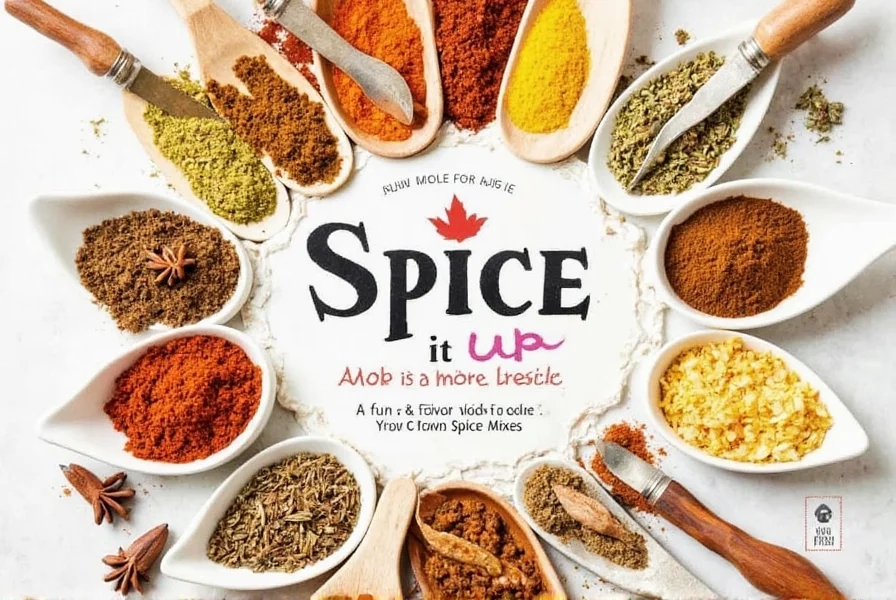
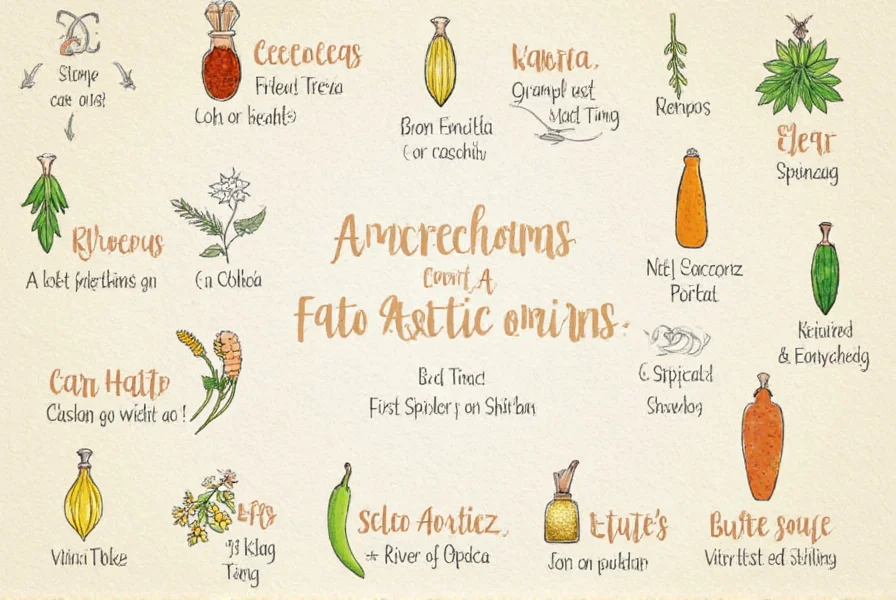
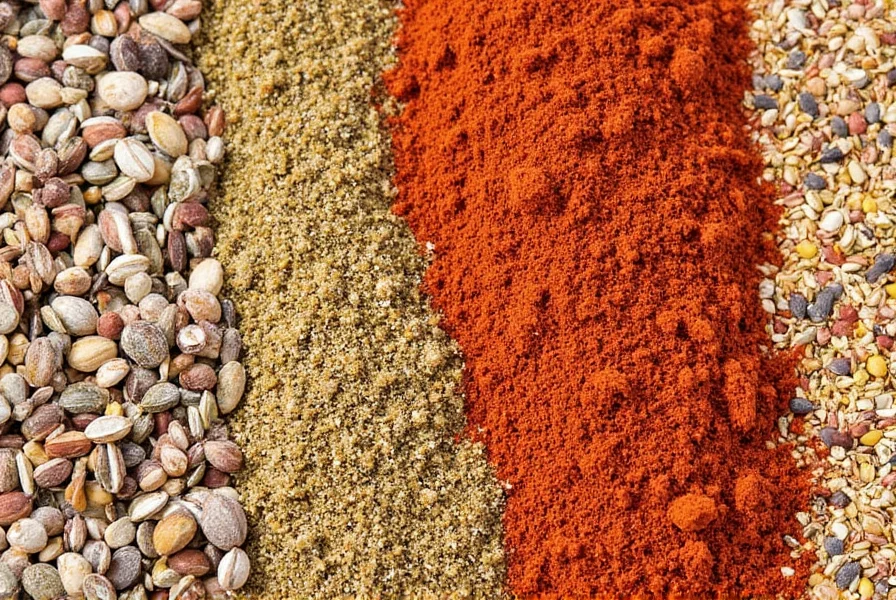
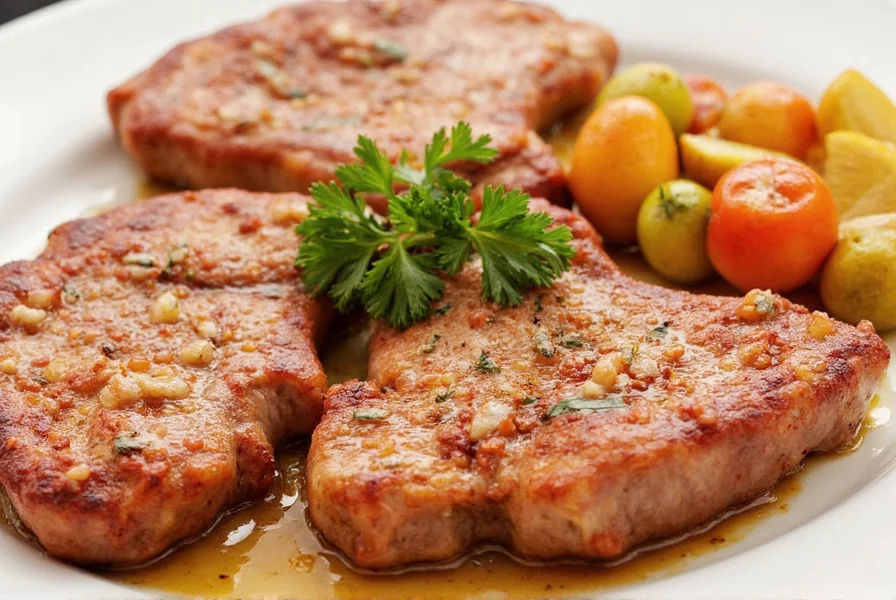
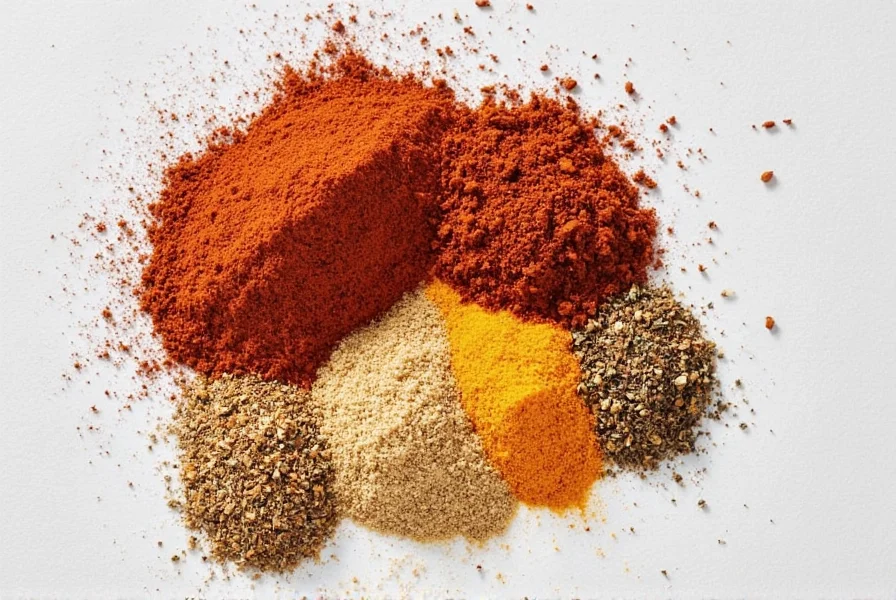
Essential Sausage Spice Tools
These tools ensure precision and freshness for perfect spice blends:
Spice Grinder
Grind whole spices fresh for maximum flavor. Look for adjustable settings and easy cleaning.
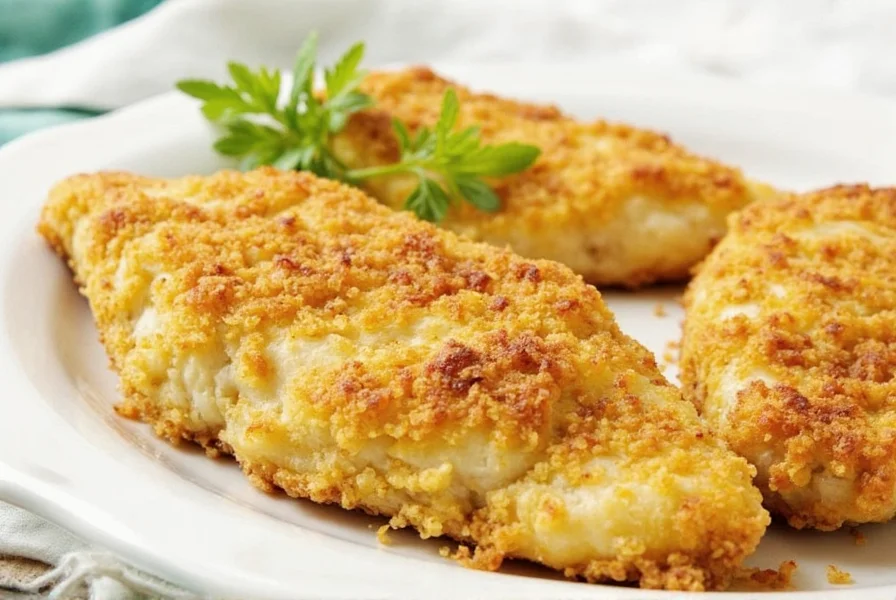
Measuring Spoons & Cups
Accurate measurements are critical for balanced flavors. Choose non-slip, durable sets with clear markings.
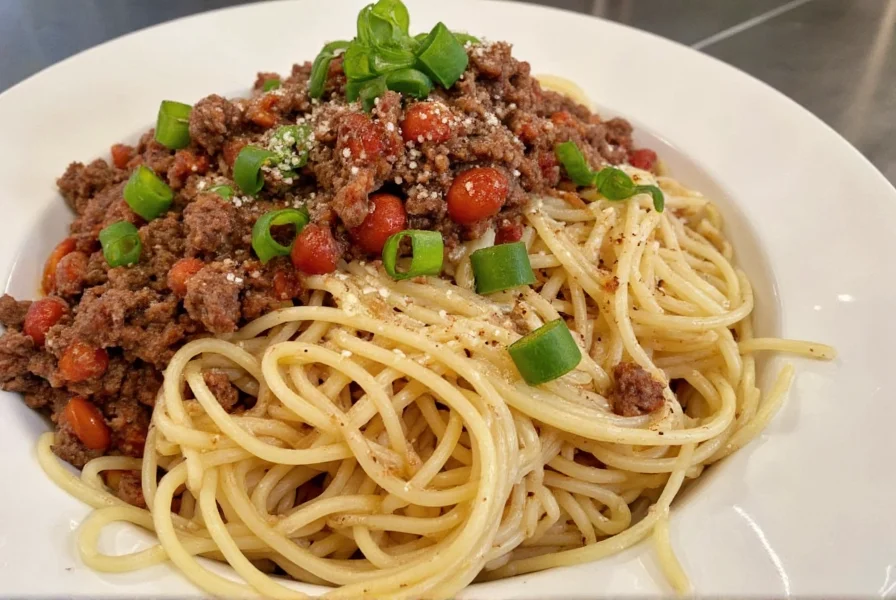
Airtight Spice Containers
Store blends in dark glass containers to preserve freshness and potency.
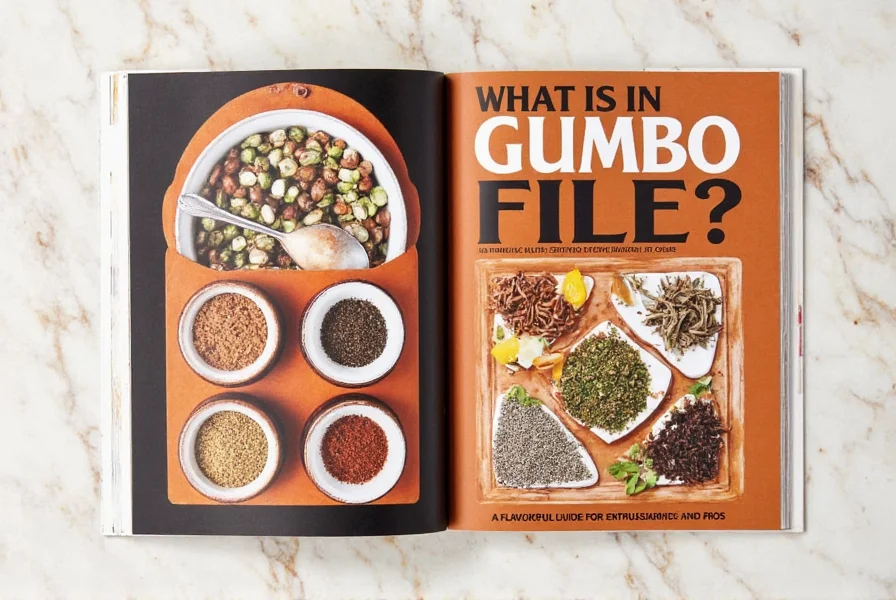
Frequently Asked Questions
How much sausage spice mix should I use per pound of meat?
Use 1-2 tablespoons of spice mix per pound of meat. Start with 1 tablespoon, cook a small test patty, and adjust as needed. Different meats absorb spices differently—pork typically needs slightly more seasoning than chicken.
Can I substitute fresh herbs for dried spices in sausage recipes?
Yes, but use three times the amount of fresh herbs (since dried herbs are more concentrated). However, dried herbs are generally preferred for sausage making due to their consistency and shelf stability.
How long do homemade sausage spice mixes last?
Stored in airtight containers away from heat and light, homemade spice mixes stay potent for 6-12 months. Whole spices last longer (up to 2-3 years) than ground ones. Check aroma and color before use—if faded or odorless, replace the mix.
Can I make sausage spice mixes without salt?
Absolutely. Simply omit salt from the recipes and adjust other spices slightly. When using salt-free mixes, add salt separately to your meat mixture according to your taste preferences and dietary needs.
What's the difference between sausage spice mix and regular seasoning?
Sausage spice mixes are specifically formulated for ground meat products. They include balanced blends that complement meat flavors, enhance preservation, and distribute evenly through fatty ingredients. Regular seasonings may not account for these unique requirements.
Can I use these sausage spice mixes for other dishes besides sausage?
Definitely! Try adding bratwurst spice to potato salad, chorizo spice to scrambled eggs or roasted vegetables, or Italian sausage mix to tomato sauces and meatloaf. Adjust quantities for vegetarian dishes or delicate ingredients.










 浙公网安备
33010002000092号
浙公网安备
33010002000092号 浙B2-20120091-4
浙B2-20120091-4